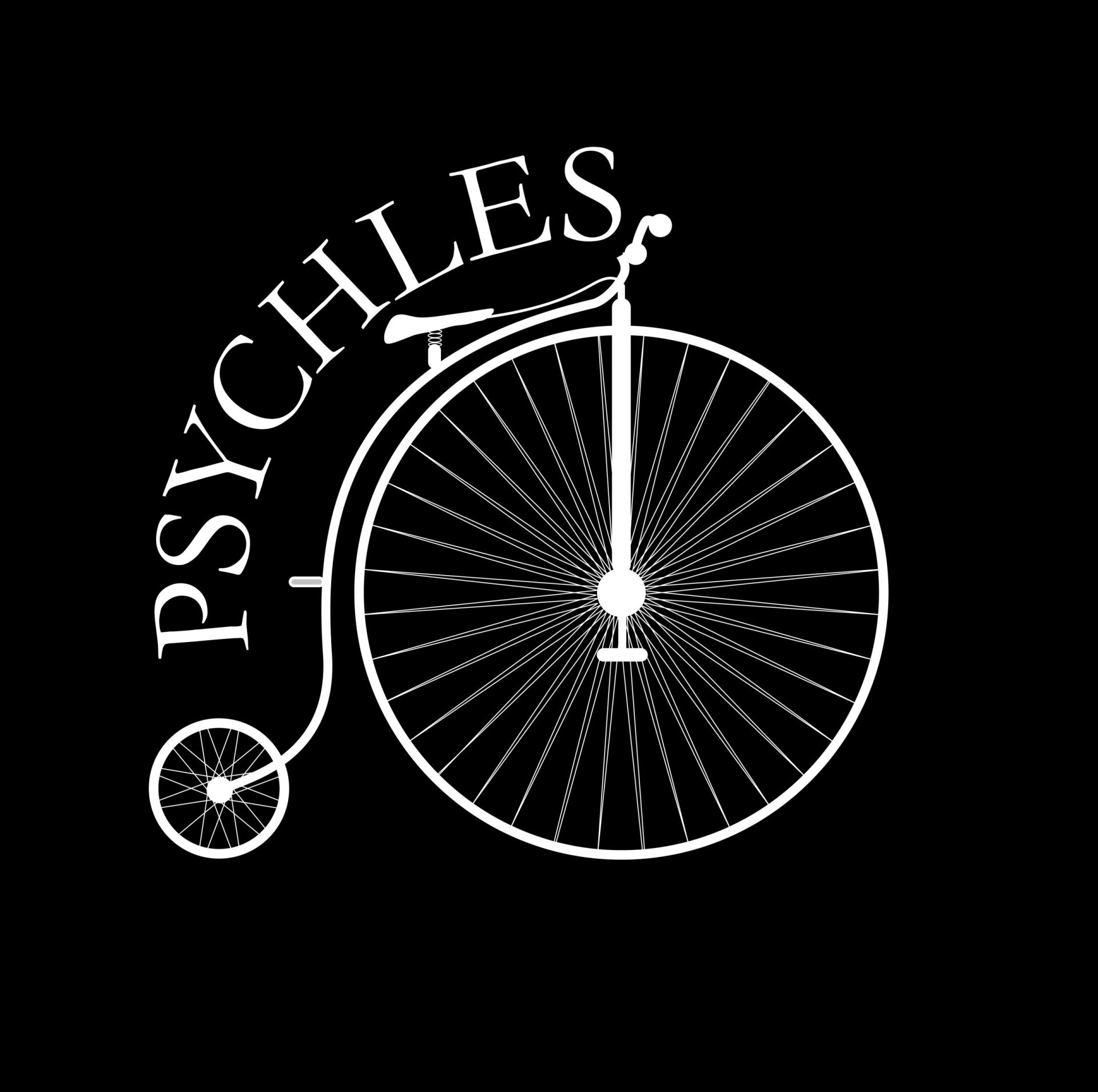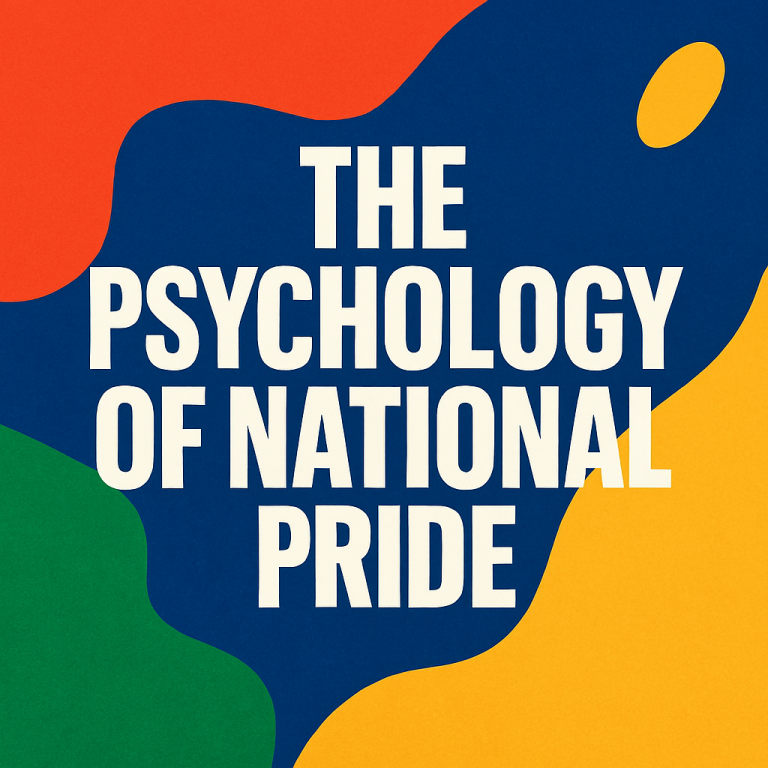Magical Body Language Shapes Every Human Interaction
The Body Language Silent Signal
Facial Expressions Reveal Emotional Truth
Facial expressions are biologically embedded and appear even in individuals born blind. Research confirms seven core emotions with distinct facial patterns – happiness, sadness, anger, fear, surprise, disgust, and contempt. These expressions are recognized across cultures and function as a universal emotional language. Microexpressions last less than half a second and expose suppressed feelings. The face acts as a live emotional dashboard, often revealing more than speech. In high-stakes situations like interviews or negotiations, facial cues can determine outcomes. Mastering facial decoding enhances emotional intelligence and interpersonal clarity.
Eye Contact Builds Connection and Trust
Eye contact regulates the rhythm of interaction and signals attention and emotional presence. Sustained gaze activates mirror neurons, fostering empathy and mutual understanding. In Western cultures, direct eye contact often implies confidence and honesty. In Eastern contexts, prolonged gaze may suggest challenge or disrespect. Pupillary dilation reflects interest and arousal, occurring unconsciously. Avoiding eye contact can indicate anxiety, deception, or cultural restraint. Effective communicators adjust eye behavior to suit context and emotional tone.
Posture Communicates Power and Readiness
Posture shapes perception before words are spoken and signals psychological readiness. Upright posture with open shoulders conveys confidence and receptivity. Slouched or closed posture suggests defensiveness or insecurity. Expansive posture has been shown to influence hormonal balance, increasing assertiveness. In group dynamics, posture affects perceived leadership and credibility. Cultural norms shape how posture is interpreted, with some societies valuing humility and others dominance. Awareness of posture allows intentional control over social impact.

Gestures Amplify Meaning and Emotion
Gestures reinforce spoken language and add rhythm, emphasis, and clarity. Iconic gestures visually represent concepts like pointing or shaping. Beat gestures align with speech cadence and improve listener retention. Emblems carry culturally specific meanings such as peace signs or thumbs-up. Gesturing activates Broca’s area, the brain’s speech production center. Excessive or erratic gestures can distract, while congruent gestures enhance credibility. Strategic use of gesture improves storytelling and persuasive communication.
Proxemics Shapes Comfort and Authority
Proxemics refers to the use of space in communication and affects comfort and intimacy. Four spatial zones exist – intimate, personal, social, and public – each with distinct functions. Violating spatial norms can trigger discomfort or aggression. Physical distance reflects relational closeness and social boundaries. In digital settings, spatial cues are simulated through framing and proximity. Spatial awareness is crucial in interviews, therapy, and diplomacy. Mastery of proxemics fosters respectful and effective interaction.
Microcalibration and Conversational Flow
Subtle shifts in body orientation, head tilt, and eyebrow movement guide conversational rhythm. These microcalibrations signal turn-taking, agreement, or emotional shifts without interrupting speech. In dialogue, synchrony between speakers often emerges through unconscious mimicry and pacing. This alignment fosters rapport and reduces social friction, especially in emotionally charged exchanges. Disruptions in microcalibration can signal discomfort, disagreement, or disengagement. Therapists and negotiators often track these cues to assess relational dynamics in real time. Mastery of microcalibration enhances fluidity and emotional resonance in conversation.
Environmental Influence on Nonverbal Expression
Physical surroundings shape how body language is expressed and interpreted. Lighting, temperature, spatial layout, and acoustics all influence posture, gesture, and eye behavior. Enclosed spaces may trigger protective postures, while open environments encourage expansive movement. Cultural architecture also plays a role, with ceremonial or communal spaces eliciting specific nonverbal norms. Environmental stressors like noise or crowding can distort natural expression and increase defensive signaling. Designers and facilitators use spatial psychology to optimize nonverbal flow in public and private settings. Awareness of environmental influence allows intentional modulation of physical presence.

Symbolic Gesture and Cultural Memory
Some gestures carry deep symbolic weight rooted in historical or mythic context. Raised fists, bowed heads, or open palms evoke collective memory and emotional resonance beyond their physical form. These gestures often transcend language, functioning as embodied metaphors in protest, ritual, or ceremony. Their meaning is shaped by cultural narrative and reinforced through repetition and visibility. Misuse or misinterpretation of symbolic gestures can trigger backlash or emotional dissonance. Artists, activists, and educators use symbolic gesture to encode values and provoke reflection. Understanding their layered significance enriches nonverbal literacy and cultural fluency.
Somatic Feedback and Emotional Regulation
Body language not only expresses emotion but also shapes it through feedback loops. Adopting confident posture can reduce stress hormones and increase feelings of control. Smiling, even artificially, can elevate mood by activating neural reward pathways. These somatic interventions are used in therapy, performance training, and leadership coaching. The body becomes both messenger and modulator, influencing internal states through external form. Chronic postural patterns may reinforce emotional habits, such as tension or withdrawal. Conscious somatic awareness supports emotional regulation and psychological resilience.
Beyond Words That Move Us How Physical Presence Shapes Emotional Truth
Nonverbal Dissonance and Cognitive Load
When body language contradicts verbal content, it creates cognitive dissonance in the observer. This mismatch increases mental effort as the brain attempts to reconcile conflicting signals. In high-stakes communication, such dissonance can erode trust and clarity. Politicians, executives, and educators are often scrutinized for nonverbal congruence under pressure. Training in alignment reduces cognitive load for audiences and enhances message retention. Dissonance may also reflect internal conflict, revealing psychological strain or ethical ambiguity. Recognizing and resolving nonverbal dissonance strengthens authenticity and communicative integrity.
Touch Transmits Support and Safety
Touch is a primal form of communication and regulates emotional states. In infancy, touch forms the basis of attachment and physiological regulation. In adulthood, appropriate touch builds trust and rapport. Cultural norms dictate boundaries, with some societies embracing tactile interaction. Touch activates the orbitofrontal cortex, linked to reward and bonding. Misinterpreted touch can cause discomfort or conflict, making context essential. Ethical use of touch deepens empathy and relational depth.

Paralanguage Modulates Verbal Impact
Paralanguage includes tone, pitch, volume, and rhythm and shapes how speech is received. A phrase can shift meaning entirely based on vocal delivery. Rising pitch may signal excitement or uncertainty. Pauses and pacing influence tension and comprehension. Silence can be more powerful than speech in certain moments. Cultural norms affect vocal expressiveness and interpretation. Skilled communicators align vocal elements with emotional intent.
Cultural Variation Alters Nonverbal Codes
Body language varies widely across cultures and must be interpreted contextually. A gesture that signals respect in one culture may offend in another. Bowing in Japan conveys humility, while direct gaze in the U.S. implies confidence. Misreading nonverbal cues can lead to exclusion or misunderstanding. Global communication demands cultural fluency and adaptability. Decoding local norms enhances inclusion and effectiveness. Respecting variation fosters ethical and empathetic interaction.
Deception Leaks Through Involuntary Signals
Deceptive behavior often reveals itself through unconscious nonverbal cues. Increased blinking, facial asymmetry, and microexpressions may indicate dishonesty. Inconsistency between verbal and nonverbal signals is a key red flag. Polygraphs rely on physiological responses, but trained observers use body language. Anxiety can mimic deceptive cues, requiring careful interpretation. High-stakes environments use nonverbal analysis to assess credibility. Ethical detection demands training and contextual sensitivity.
Emotional Contagion Shapes Group Dynamics
Emotions can spread through nonverbal signals, creating shared states. Mirror neurons respond to observed behavior and foster empathy. Smiling, yawning, and distress are often mirrored unconsciously. Leaders use emotional contagion to inspire and stabilize teams. Therapists rely on it to build rapport and trust. Negative emotions like tension can also spread through body language. Awareness of contagion enables emotional regulation and influence.

Digital Communication Alters Nonverbal Expression
Online platforms limit physical cues but simulate them through design. Video calls restore some elements like facial expression and gaze. Emojis and GIFs act as symbolic substitutes for gesture and tone. Virtual reality expands embodied interaction in digital spaces. Lack of body language in text can cause misinterpretation. Tone and punctuation become critical in written exchanges. Adapting nonverbal literacy to digital contexts enhances clarity.
Developmental Patterns Shape Nonverbal Fluency
Body language develops early and influences emotional and cognitive growth. Children learn nonverbal cues through modeling and interaction. Delays may signal developmental disorders like autism spectrum conditions. Therapy often targets body language to improve social function. Trauma can distort nonverbal patterns, leading to withdrawal or hypervigilance. Healing involves relearning safe and expressive behavior. Understanding development supports inclusive communication.
Leadership Relies on Nonverbal Authority
Effective leaders project confidence and authenticity through body language. Congruent gestures and steady eye contact build trust and influence. Nonverbal cues shape team morale and decision-making. Public speaking success depends on pacing, posture, and expression. Calm body language stabilizes emotions during crisis. Leadership training increasingly includes nonverbal literacy. Mastery of physical presence enhances ethical leadership.

Body Language Is the Foundation of Connection
Nonverbal signals are not secondary to speech – they are its emotional core. They reveal what words conceal and build trust beyond logic. Across cultures and lifespans, body language shapes how we relate and respond. Understanding it is essential for emotional intelligence and social fluency. In digital and physical spaces, it remains vital to human connection. Whether in therapy, education, or leadership, nonverbal fluency matters. Its mastery is both scientific and deeply human.
Join the Discussion
What nonverbal signals do you notice most in others – and which ones do you consciously express? How has body language shaped your most meaningful interactions – and where do you see it misunderstood or overlooked?
#BodyLanguageMatters #NonverbalFluency #EmotionalIntelligence #CommunicationScience #LeadershipPresence #CulturalSignals #SocialCognition








5 Comments